How do you make solar string lights last longer
Solar string lights have become an increasingly popular choice for outdoor illumination, offering an eco-friendly and cost-effective solution for adorning gardens, patios, and camping sites. These twinkling strands of light harness the power of the sun, transforming it into displays that can last for hours. However, to truly maximize the lifespan and performance of your solar string lights, it’s crucial to understand proper care and maintenance techniques. In this comprehensive guide, we’ll learn about various strategies to extend the longevity of your solar string lights, ensuring they continue to brighten your outdoor spaces for years to come.
Optimal Placement and Charging Techniques for Solar String Lights
The key to prolonging the life of your solar string lights lies in their placement and charging methods. To begin with, it’s imperative to position the solar panel in a location that receives ample direct sunlight throughout the day. This ensures that the batteries can charge fully, providing maximum illumination time during the evening hours.
When selecting a spot for your solar panel, consider the following factors:
- Sunlight exposure: Choose an area that receives at least 6-8 hours of direct sunlight daily.
- Obstructions: Avoid placing the panel in shaded areas or near objects that may cast shadows.
- Angle: Tilt the panel towards the sun for optimal energy absorption, adjusting the angle seasonally if possible.
- Weather protection: While solar panels are designed to withstand outdoor conditions, placing them in areas less prone to extreme weather can help prolong their lifespan.
It’s worth noting that small solar string lights may have integrated panels, which means the entire string needs to be positioned strategically for effective charging. In such cases, consider draping the lights in a way that exposes the maximum surface area to sunlight during peak hours.
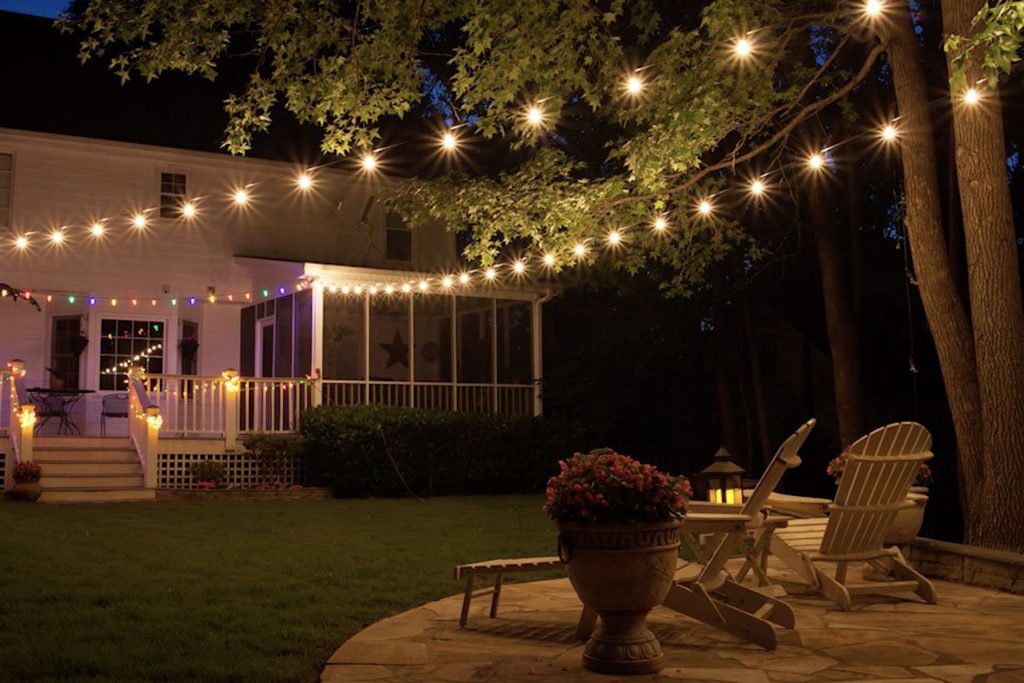
To further enhance the charging efficiency of your solar string lights, consider these tips:
- Clean the solar panel regularly to remove dust, debris, or bird droppings that may obstruct sunlight.
- During winter months or periods of limited sunlight, you may need to supplement charging with artificial light sources or temporarily relocate the lights to sunnier spots.
- Allow for a full charge cycle before first use, typically 24-48 hours of uninterrupted sunlight exposure.
Maintenance and Care: Preserving Your Solar String Lights
Regular maintenance plays a crucial role in extending the lifespan of your solar string lights. By implementing a consistent care routine, you can prevent common issues and ensure your lights continue to function optimally. Here are some essential maintenance practices to incorporate:
1. Cleaning: Dust, dirt, and grime can accumulate on both the solar panel and the individual light bulbs, reducing efficiency and brightness. Gently clean the components with a soft, damp cloth every few weeks, or more frequently in dusty environments. For stubborn dirt, use a mild soap solution, but avoid abrasive cleaners that could damage the surfaces.
2. Weatherproofing: While most solar string lights are designed for outdoor use, taking extra precautions can help protect them from harsh weather conditions. During severe storms or extreme weather events, consider temporarily removing the lights or covering them with a waterproof material. This is particularly important for small solar string lights, which may be more vulnerable to damage.
3. Battery Care: The batteries in solar string lights are typically rechargeable and have a finite lifespan. To maximize their longevity:
- Allow the batteries to fully discharge occasionally by leaving the lights on for an extended period.
- If your lights have removable batteries, store them in a cool, dry place when not in use for long periods.
- Replace batteries when you notice a significant decrease in performance, typically every 1-2 years depending on usage.
4. Wire and Connection Inspection: Regularly check the wires and connections for signs of wear, fraying, or corrosion. Address any issues promptly to prevent further damage and ensure safety. If you notice any exposed wires, use electrical tape to seal them temporarily until you can replace the affected section.
5. Seasonal Storage: If you live in an area with harsh winters or don’t plan to use your solar string lights for an extended period, proper storage is crucial. Clean the lights thoroughly, ensure they are completely dry, and store them in a cool, dry place. Remove batteries if possible, and coil the strings loosely to prevent tangling and wire damage.
Enhancing Performance and Longevity through Smart Usage
While proper placement and maintenance are fundamental to the longevity of your solar string lights, how you use them can also significantly impact their lifespan. Implementing smart usage strategies can help conserve energy, reduce wear and tear, and ultimately extend the life of your lights. Here are some advanced tips for optimizing the performance and durability of your solar string lights:
1. Utilize Timer Functions: Many solar string lights come equipped with built-in timers. Take advantage of this feature to automatically turn off the lights after a set period, conserving battery life and reducing unnecessary wear on the components. This is particularly useful if you tend to forget to manually switch off the lights.
2. Adjust Brightness Settings: Some advanced models of solar string lights offer adjustable brightness settings. Using a lower brightness setting when full illumination isn’t necessary can help conserve energy and extend battery life. This feature is especially beneficial for small solar string lights with limited battery capacity.
3. Strategic Seasonal Use: Consider the changing seasons when planning your light usage. During summer months with longer daylight hours, you might be able to use your lights for extended periods. In contrast, winter months may require more conservative use to ensure adequate charging. Adjust your usage patterns accordingly to maintain optimal performance year-round.
4. Rotate Usage: If you have multiple sets of solar string lights, consider rotating their usage. This practice can help distribute wear evenly across all your lights, potentially extending their overall lifespan. It’s also an excellent way to vary your outdoor decor throughout the year.
5. Avoid Overcharging: While it’s crucial to ensure your solar lights receive adequate sunlight, leaving them exposed to intense sunlight for prolonged periods when fully charged can potentially damage the batteries. If you live in an area with extreme summer heat, consider providing some shade for your lights during the hottest parts of the day once they’re fully charged.
Conclusion
Solar string lights offer a delightful and sustainable way to illuminate outdoor spaces, from cozy backyard patios to expansive camping sites. By following the guidelines outlined in this article – optimizing placement and charging, maintaining a regular care routine, and implementing smart usage strategies – you can significantly extend the lifespan of your solar string lights.
For more information about solar lights and other innovative outdoor lighting solutions, don’t hesitate to reach out to us at info@forigat.com. Our team at BITPOTT is committed to providing high-quality, durable solar lighting products and expert advice to help you create the perfect outdoor illumination for your space.
References
- U.S. Department of Energy. (2021). Solar Energy Technologies Office. https://www.energy.gov/eere/solar/solar-energy-technologies-office
- National Renewable Energy Laboratory. (2022). Solar Research. https://www.nrel.gov/solar/
- Energy.gov. (2023). Lighting Choices to Save You Money. https://www.energy.gov/energysaver/lighting-choices-save-you-money
- Environmental Protection Agency. (2022). Energy Star Program. https://www.energystar.gov/

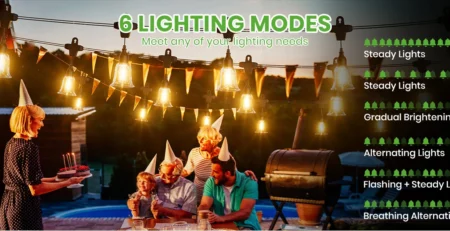
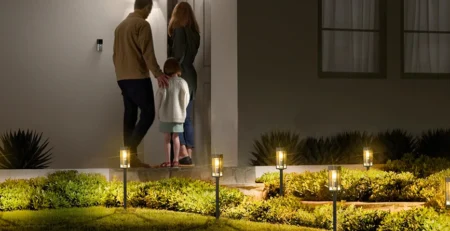
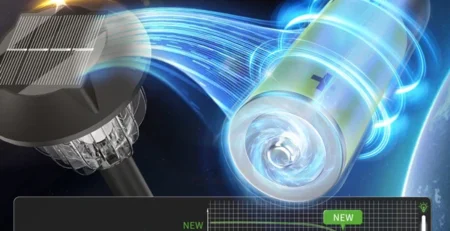

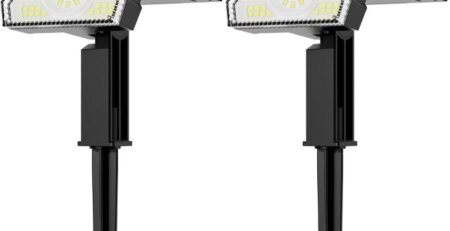
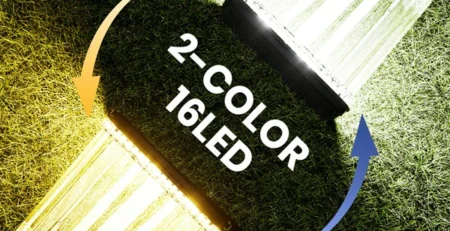
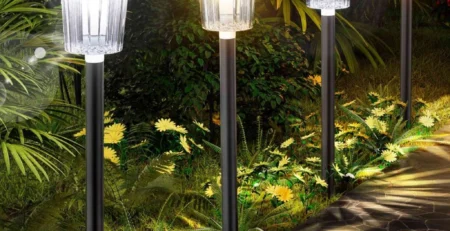
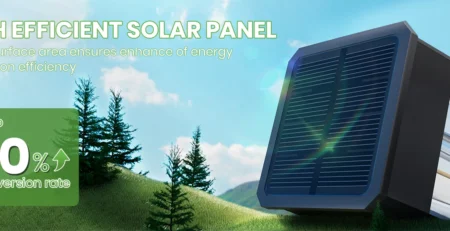
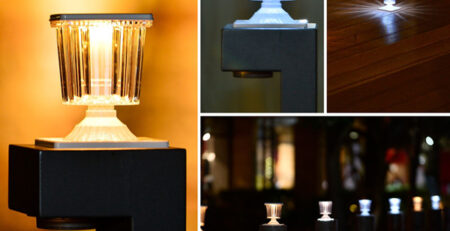
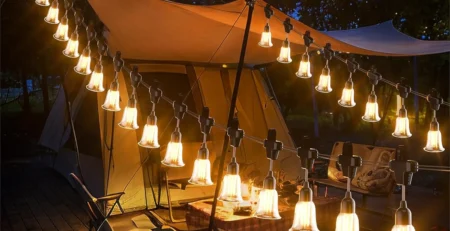
Leave a Reply